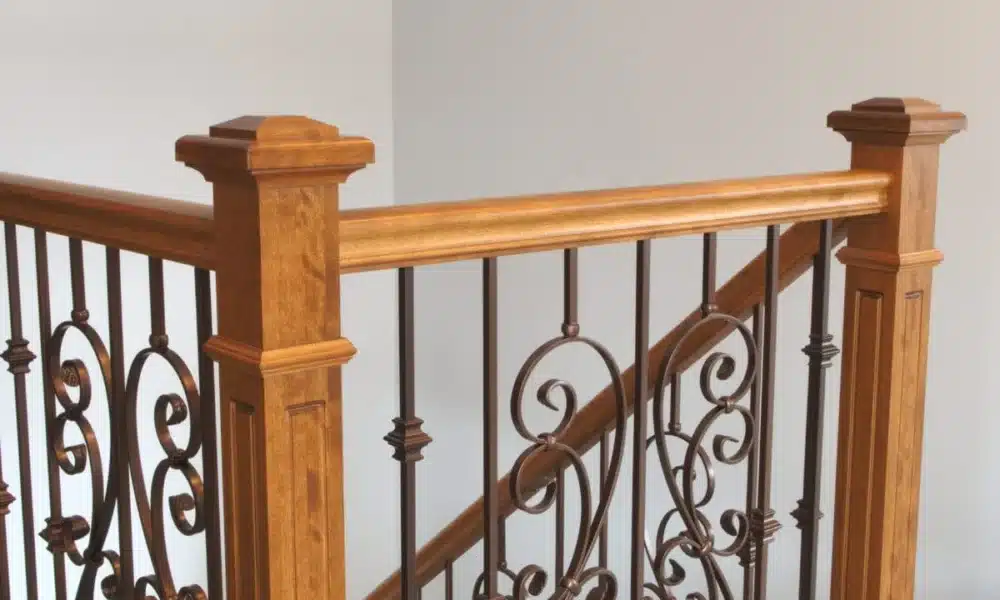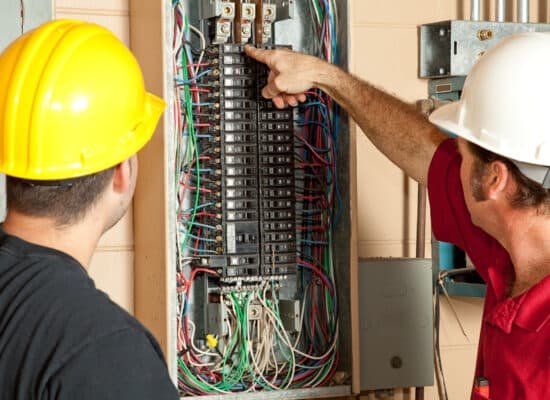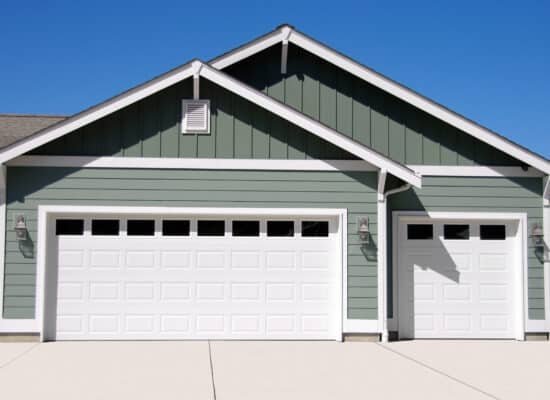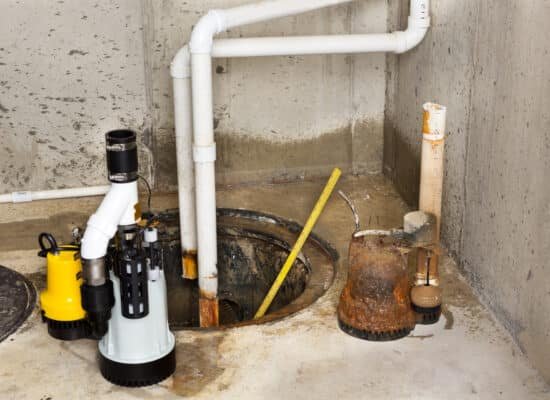Introduction
Choosing the right material for the staircase handrail is essential for safety, style, and longevity. Steel handrails stand out among other materials due to their numerous benefits, including durability, maintenance ease, and design versatility.
Table Of Content
- Introduction
- 1. Overview of Handrail Materials
- Wood
- Aluminum
- Vinyl
- Glass
- 2. Benefits of Steel Handrails
- Durability and Strength
- Maintenance Requirements
- Design Versatility
- 3. Comparing Steel to Other Materials
- Steel vs. Wood
- Steel vs. Aluminum
- Steel vs. Vinyl
- Steel vs. Glass
- 4. Cost Considerations
- Initial Investment
- Long-Term Value
- 5. Safety Features of Steel Handrails
- Load-Bearing Capacity
- Resistance to Weather and Wear
- Conclusion
- Making an Informed Decision
- The Future of Staircase Handrail Steel
- FAQs
- 1. Are steel handrails more expensive than other materials?
- 2. How do I maintain steel handrails?
- 3. Can I customize steel handrails?
- 4. Are steel handrails safe for outdoor use?
- 5. How do steel handrails compare to glass handrails?
This article will explore the strengths and weaknesses of steel handrails in comparison to other common materials, helping you make an informed decision for your space.
1. Overview of Handrail Materials
Wood
Wood staircase handrails offer a classic aesthetic and warmth that many homeowners appreciate. They can be easily stained or painted to match any interior decor. However, wood is susceptible to weathering, rot, and insect damage, particularly when used outdoors. Regular maintenance is required to keep wood looking its best, including sealing and refinishing.
Aluminum
Aluminum staircase handrails are lightweight, resistant to rust, and require minimal maintenance, making them a popular choice for outdoor settings. They can be coated in various colors and finishes, providing a modern look. However, aluminum does not possess the same strength as steel, making it less suitable for high-load applications.
Vinyl
Vinyl handrails are known for their resistance to weather and fading, providing a low-maintenance option that never needs painting or staining. They come in a variety of colors and styles, but their structure can be less robust than metal options, and they may not withstand heavy impacts.
Glass
Glass staircase handrail provide a sleek, contemporary look and allow for unobstructed views. They are typically used in modern designs and can be reinforced for additional safety. However, glass is more fragile than metal and can require regular cleaning to maintain its appearance.
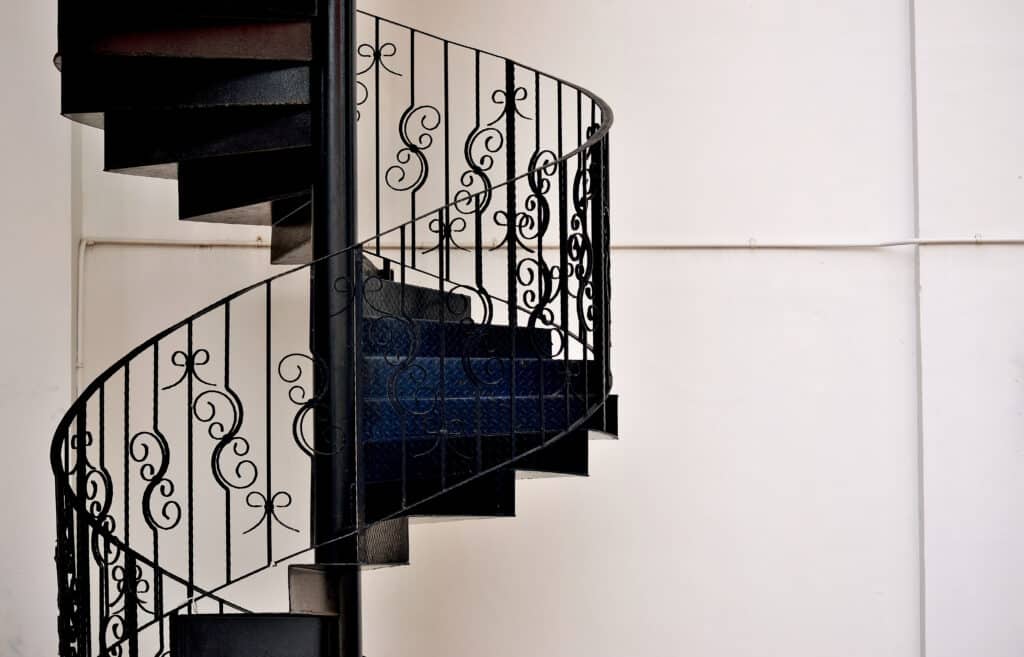
2. Benefits of Steel Handrails
Durability and Strength
Steel handrails are known for their exceptional strength, making them suitable for both residential and commercial applications. They can withstand significant weight and impact, ensuring safety in high-traffic areas. Unlike wood, steel does not warp or splinter, meaning it maintains its structural integrity over time.
Maintenance Requirements
While steel may require some maintenance, such as occasional cleaning and the application of protective coatings, it is generally less demanding than wood. Steel’s resistance to pests and weather makes it a long-lasting choice that can survive harsh conditions without extensive care.
Design Versatility
Steel handrails can be designed in various styles, from minimalist to ornate, allowing for customization to match any decor. They can be powder-coated in a wide range of colors or left with a natural finish for an industrial look. This versatility makes steel a popular choice for both traditional and modern designs.
3. Comparing Steel to Other Materials
Steel vs. Wood
When comparing steel and wood, the primary differences lie in strength and maintenance. Steel offers higher durability, making it a more suitable option for areas with significant wear and tear. Conversely, wood provides a warmer, more traditional aesthetic but requires more upkeep to prevent damage.
Steel vs. Aluminum
While both materials are resistant to rust, steel’s strength gives it an advantage in load-bearing scenarios. Aluminum is lighter and easier to install but may not provide the same level of safety in high-impact situations. Costs can also vary, with steel generally being more expensive upfront but offering long-term savings due to durability.
Steel vs. Vinyl
Vinyl staircase handrail are often more affordable and require little maintenance, but they lack the strength of steel. For high-traffic areas or places where impact resistance is crucial, steel is the clear winner. Vinyl, on the other hand, offers a softer look and can be a suitable choice for lower-traffic zones.
Steel vs. Glass
Glass handrails excel in style and visibility, but they can be costly and fragile compared to steel. While glass provides a clean aesthetic, steel’s robustness ensures it can handle the rigors of day-to-day use without the risk of cracks or breakage.
4. Cost Considerations
Initial Investment
Steel handrails may have a higher initial cost than materials like wood or vinyl, but this cost is often justified by the longevity and durability they provide. When budgeting for staircase handrail consider not only the purchase price but also installation costs, which can depend on the complexity of the design and the material used.
Long-Term Value
In the long run, steel handrails tend to offer better value due to their durability and lower maintenance requirements. While wood may require ongoing investment in repairs or replacements, steel’s strength and resistance to wear and tear make it a wise investment that can last for decades.
5. Safety Features of Steel Handrails
Load-Bearing Capacity
The load-bearing capacity of steel handrails is one of their most significant safety features. They are designed to support substantial weight, making them suitable for both residential and commercial use. This capacity is particularly important in high-traffic areas or locations where individuals may use the handrail for support.
Resistance to Weather and Wear
Steel handrails are resistant to various environmental factors, including moisture, UV rays, and temperature fluctuations. Unlike wood, which can rot or warp, steel remains stable and functional over time. This weather resistance is vital for outdoor installations, where handrails are exposed to the elements.
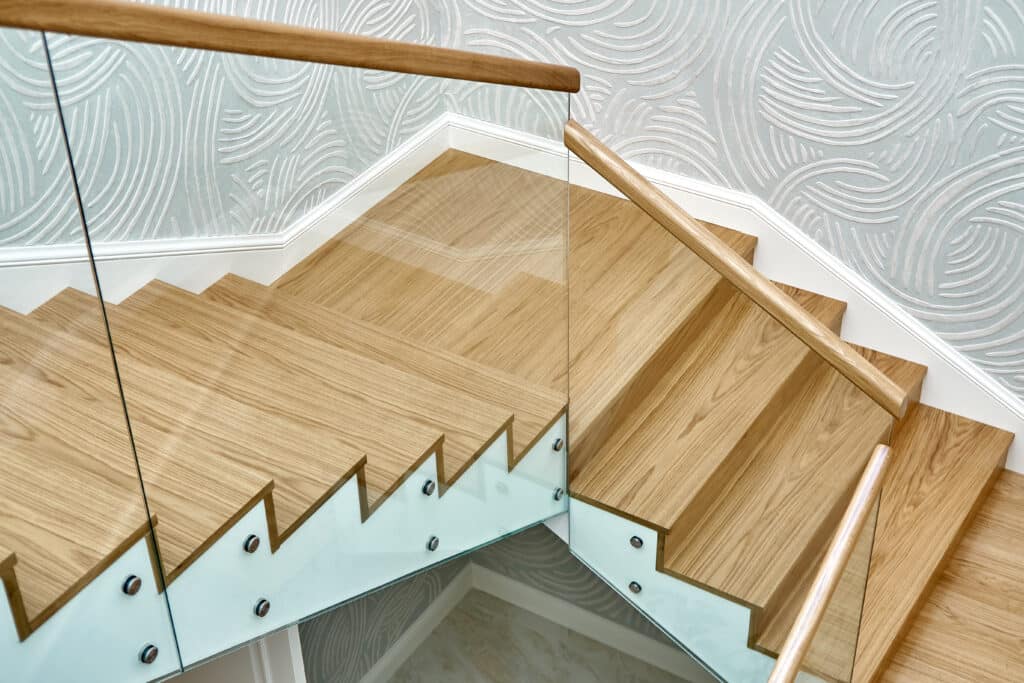
Conclusion
Making an Informed Decision
When it comes to selecting handrails, understanding the strengths and weaknesses of each material is crucial. Steel handrails offer unmatched durability, lower maintenance, and a variety of design options, making them an excellent choice for many applications. While the initial investment may be higher, the long-term benefits often outweigh the costs.
The Future of Staircase Handrail Steel
As modern design trends continue to evolve, steel handrails will likely remain a popular choice due to their versatility and strength. Their ability to adapt to various styles while providing safety makes them a timeless option for both residential and commercial spaces.

FAQs
1. Are steel handrails more expensive than other materials?
Steel staircase handrail usually have a higher initial cost, but their longevity and durability can offer better long-term value compared to other materials.
2. How do I maintain steel handrails?
Steel handrails require minimal maintenance, usually just occasional cleaning and the application of protective coatings to prevent rust.
3. Can I customize steel handrails?
Yes, steel handrails can be customized in various styles, colors, and finishes to match your decor.
4. Are steel handrails safe for outdoor use?
Absolutely! Steel handrails are resistant to weather conditions, making them a safe and practical choice for outdoor environments.
5. How do steel handrails compare to glass handrails?
Steel staircase handrail provide greater strength and durability, while glass handrails offer a modern aesthetic but can be more fragile.
<a href=”https://www.instagram.com/mynexthouseproject/” rel=”dofollow”>Follow Us On Instagram</a>





